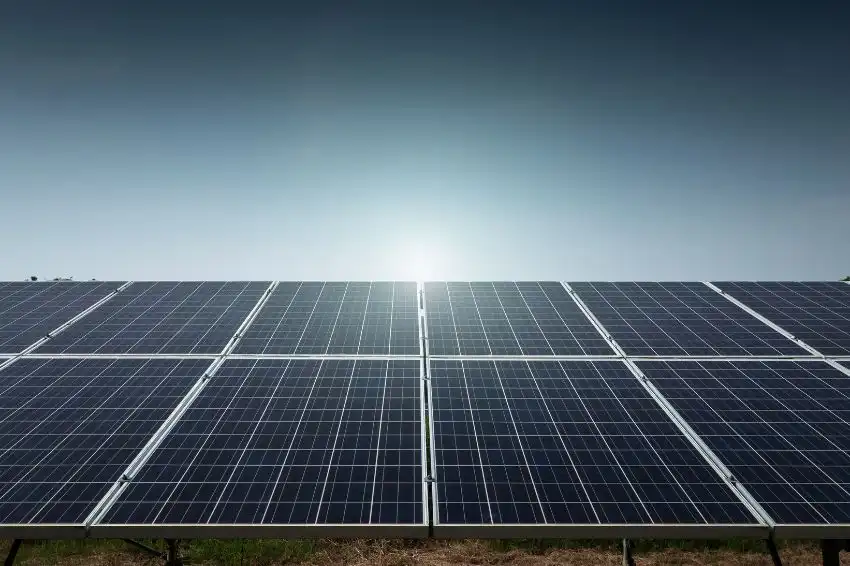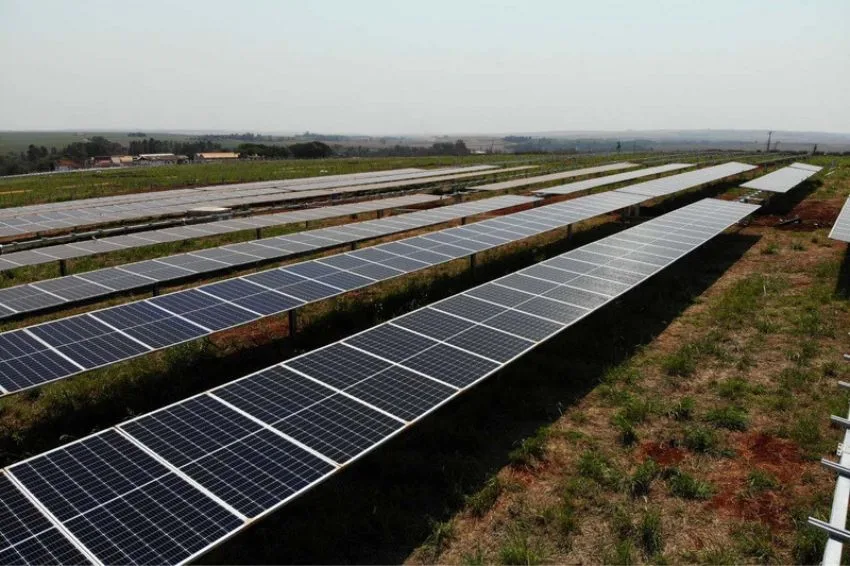Today (08) will happen a rare phenomenon, the total solar eclipse. This means that during about 4 to 5 minutes the Moon will pass between the Earth and the Sun. Sunlight will be completely covered, as if the day was brightening or darkening. O phenomenon cannot be visa or meaning in Brazil, only in North America and part of Europe.
But, for those connoisseurs, O eclipse can be seen on the NASA website (National Aeronautics and Space Administration), which will broadcast the entire event. According to the institution, the eclipse can be seen from around 270 kilometers wide. Another site where the event can be seen is at the National Observatory.
The eclipse will begin in the South Pacific Ocean and head to North America, where it will reach three states in Mexico, fifteen in the United States and four in Canada.
The phenomenon begins to be seen at 12:42 pm and will reach its peak at 3:17 pm. The expected end date is at 5:52 pm (Brasília time). The total darkness phase of the eclipse will first occur on the Mexican Pacific coast.
Total eclipse will harm solar energy production
During the total eclipse, the USA, Mexico and Canada will experience a drop in solar energy production, not just in the 4 to 5 minutes that the day will be dark, but throughout the entire process, as sunlight will gradually lose its strength. Therefore, the luminosity for solar panels will temporarily reduce, impacting energy production.
But it's no reason to worry. In addition to the drop in energy production being temporary, electricity grid operators prepare in advance for the event, as it is predictable. In this way, both the electrical grid and energy storage in homes that have the hybrid system will be able to make up for the temporary drop in production.
In addition to the electricity storage system, other sources that can be used to compensate for the lack of energy are natural gas or hydroelectric energy. This is what happened in the USA during the 2017 eclipse.
Why does the solar eclipse happen?
As stated above, the solar eclipse happens because the Moon, in its trajectory, is between the Sun and the Earth, so it casts its shadow on the planet and blocks the sunlight in certain areas.
Understand the most common types of solar eclipses:
The best known types of eclipse are total, annular and partial. The USA will see a total eclipse again, in 2044. There is another type, this is the rarest of all, the hybrid, and happens when there is more than one type of eclipse on the day. In other words, the total eclipse is projected at one point on the planet and the annular eclipse is projected at another. This last happened in April last year.
A partial solar eclipse happens when there is no full alignment between the three stars (Sun, Moon and Earth). What you see in this case is a dark shadow on a part of the Sun. An annular solar eclipse happens when the Moon is further away from the Earth and, therefore, appears smaller and does not completely block the Sun. You see it is a ring around the Moon, hence the name annular.
Where to watch the total eclipse broadcast?
Since Brazil will not be able to see the event, fans will be able to watch both through NASA, content in English, as well as National Observatory, in Portuguese.
All content on Canal Solar is protected by copyright law, and partial or total reproduction of this site in any medium is expressly prohibited. If you are interested in collaborating or reusing some of our material, we ask that you contact us via email: [email protected].















